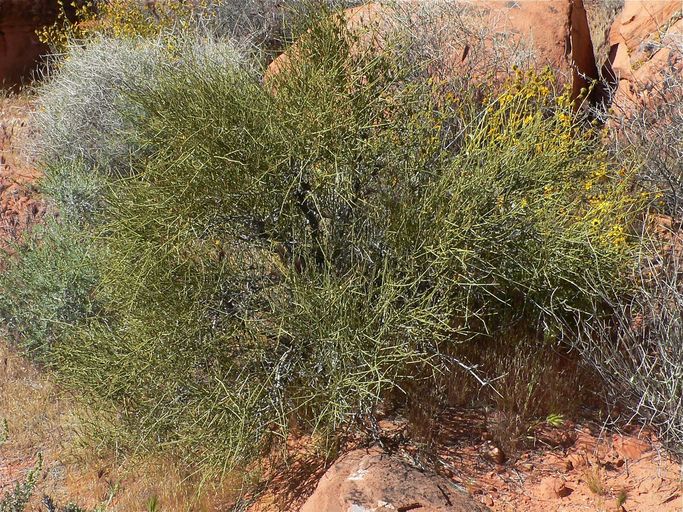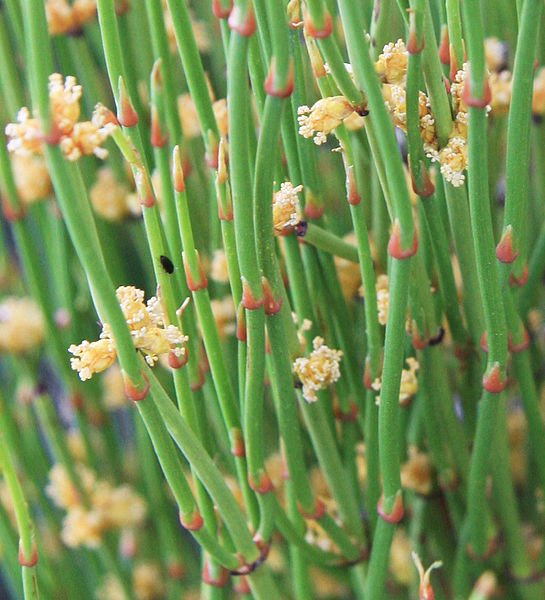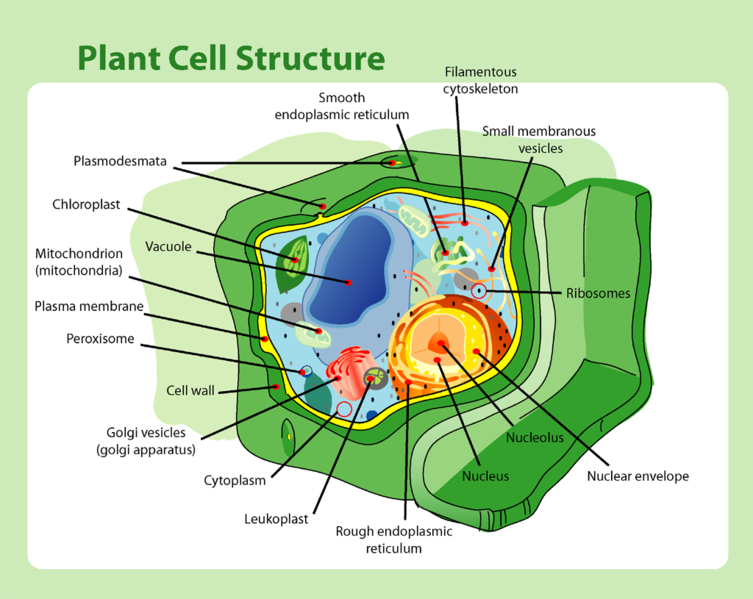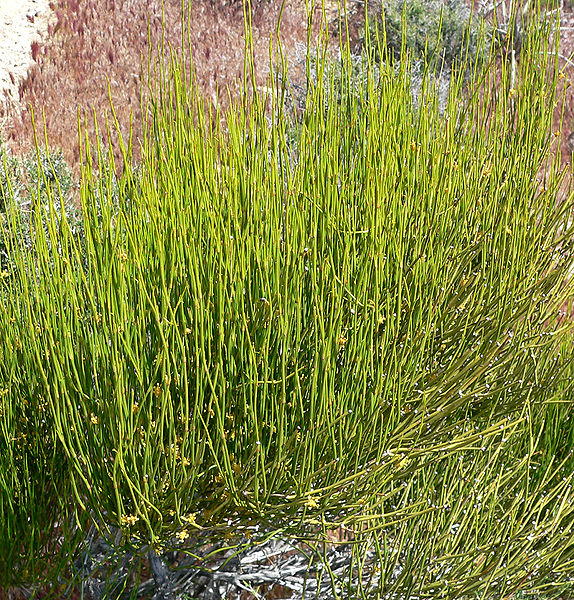Classification
| Domain: | Eukarya |
| Kingdom: | Plantae |
| Phylum: | Gnetophyta |
| Class: | Gnetopsida |
| Order: | Ephedrales |
| Family: | Ephedraceae |
| Genus: | Ephedra |
| Species: | Ephedra viridis |
Domain:
The domain Eukarya is made up of organisms whose cells contain a true nucleus. The nucleus, along with other organelles found within Eukaryotic cells are membrane bound. The cells found in Ephedra viridis match this category, making it a Eukaryote. There are so many organisms that fall under the domain Eukarya that are very different from Ephedra viridis even though they fall under the same main group. Some of these organisms are the giraffe, the flamingo, and the crocodile.
Kingdom:
Organisms in the family Plantae are unique because their cells posses cell walls made of cellulose. These cells are also organized into true tissues. The cells Ephedra viridis have these characteristics, making it a plant. Ephedra viridis is also a photosynthetic organism, meaning it obtains food by converting it from sunlight, which is a key characteristic of members in this kingdom. Often times, organisms that fall under the kingdom Plantae can be enjoyed as a food or beverage. Ephedra viridis is one of these plants, a few others are the papaya, the the cocoa plant, and macadamia nuts.
Phylum:
The phylum Gnetophyta falls under the area of
vascular seed plants. This phylum is characterized by having
plants that are trees, shrubs, or vines. Plants in the phylum Gnetophyta grow in warm areas. Fertilization in these plants
occurs via pollen tubes, and like the angiosperms, the secondary
xylem contains vessels. By viewing images within this website,
the habitat page, the
reproduction page, and the
nutrition page, you will see that
Ephedra viridis does in fact posses these characteristics.
Class:
The class Gnetopsida is characterized by flowering gymnosperms. All of the plants in this class posses some type of flower or cone. This characteristic leads to the inference that plants in this class are the link between conifers and angiosperms. Ephedra viridis possesses brightly colored cones that are used in reproduction, placing it in this class.
Order:
This plant belongs in the order Ephedrales because
it s a gymnosperm shrub.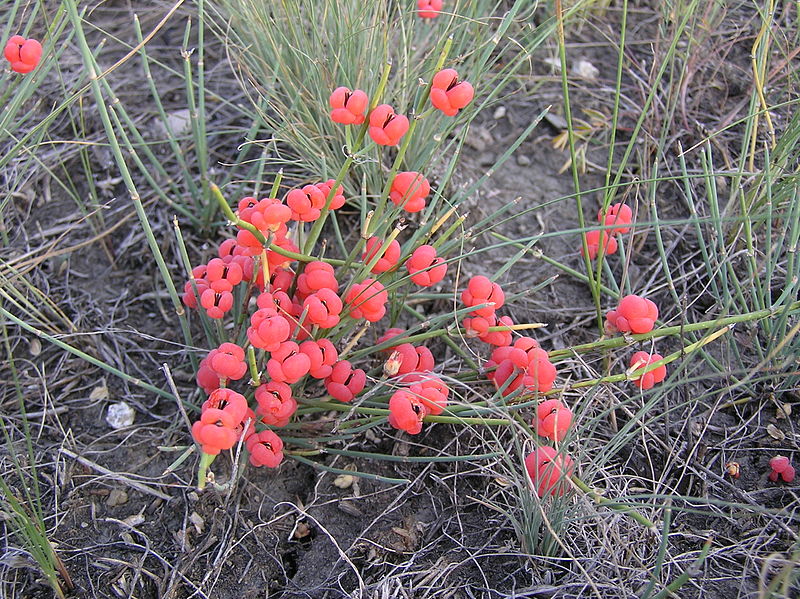
Family:
The family Ephedraceae is also known as the Mormon Tea or Joint Fir family. Plants in this family are characterized by branched shrubs that are dioecious with cones and flower-like reproductive parts. Their stems are bark-like and they posses scale-like leaves. Most species in this family contain some type of alkaloid or tannin. The common name of Ephedra viridis is in fact Mormon tea, and it fits this description, placing it in this particular family.
Genus:
The genus Ephedra is characterized by shrubs or climbers that habituate in dry, rocky areas. They vary in color and can have stems that are red, brown, yellow, brown/gray, green, or blue green. Many species in this genus are edible or serve some type of medicinal purpose. In the case of Ephedra viridis, the stems are branched shrubs that are green in color.
Species:
The word viridis translates into green, so the species name of this plant literally means "Green Ephedra".
Phylogeny:
The phylogenetic "tree" above shows the general phylogeny of Eukaryotes. The domain Eukarya starts in the center of the tree and branches off into several supergroups. As you can see, the kingdom Plantae falls under the supergroup Archaeplastida. This is the same supergroup that green algae is in, and it is believed that the land plants are derived from the green algae, so logically they belong in the same supergroup. The phylogenetic tree below goes more in depth to show where Ephedra viridis falls among the other plants.

There are four main groups of land plants on this earth. In order from least to most derived, they are the nonvascular plants like liverworts and mosses, seedless vascular plants like ferns, gymnosperms like the pine trees, and angiosperms or flowering plants. Ephedra viridis falls under the gymnosperm group. As you can see from the phylogenetic tree above, there are four main phyla of gymnosperms. They phylum Cycadophyta is the least derived and most closely resembles the ferns. Gnetophyta is the most derived phylum and closely resembles the angiosperms. This tree illustrates the three living genera of the Gnetophyta. As indicated, Ephedra viridis lands under the genus Ephedra.
(Phylogenetic tree created by Bridget Biskup, using this image by wikimedia commons image as a reference)
Now that you know how to classify Ephedra viridis, head over to the Habitat page to learn about where you can find this wonderful plant, or you can go Home.
